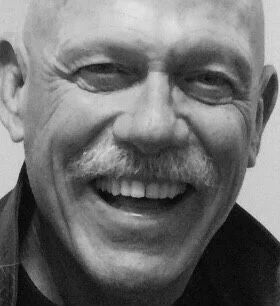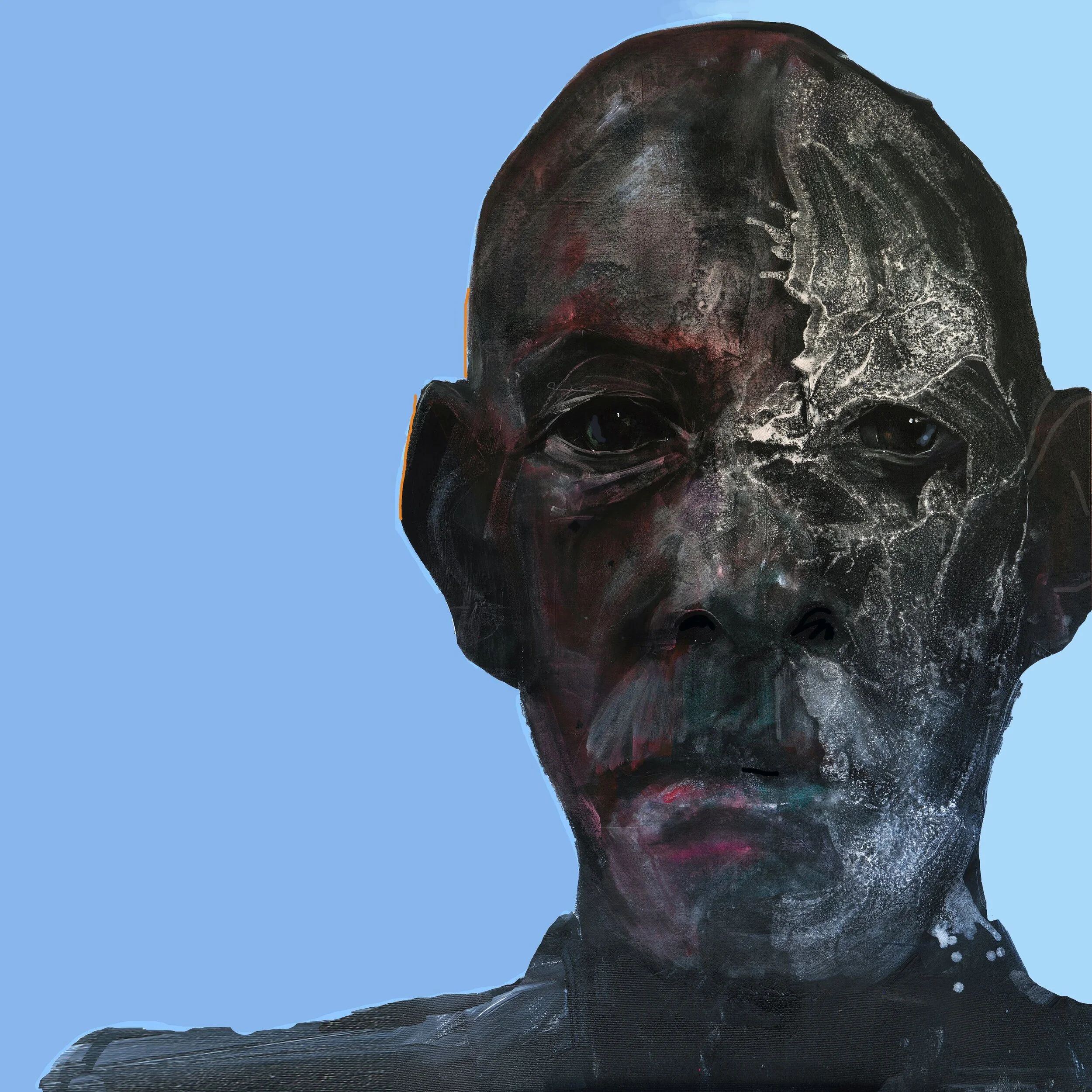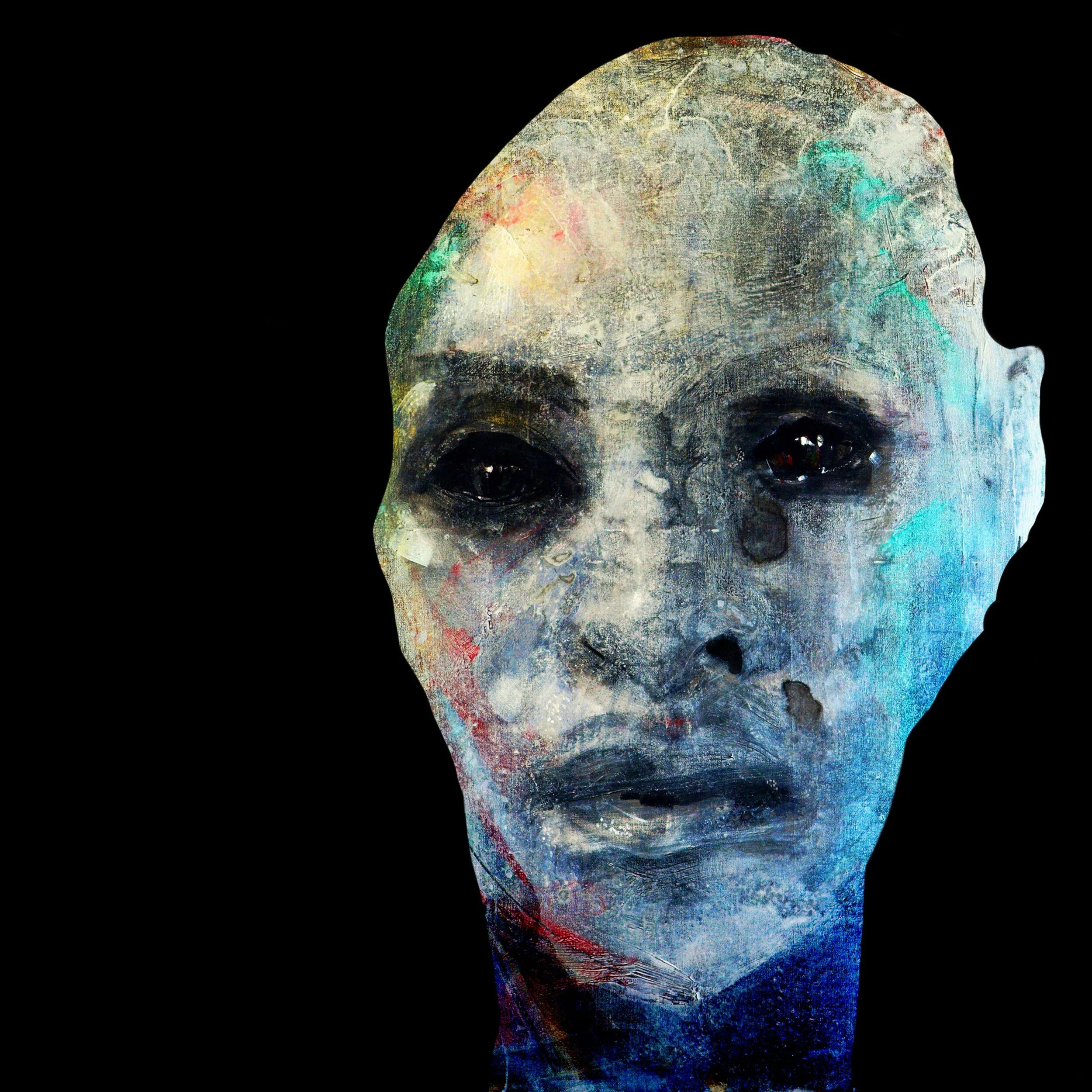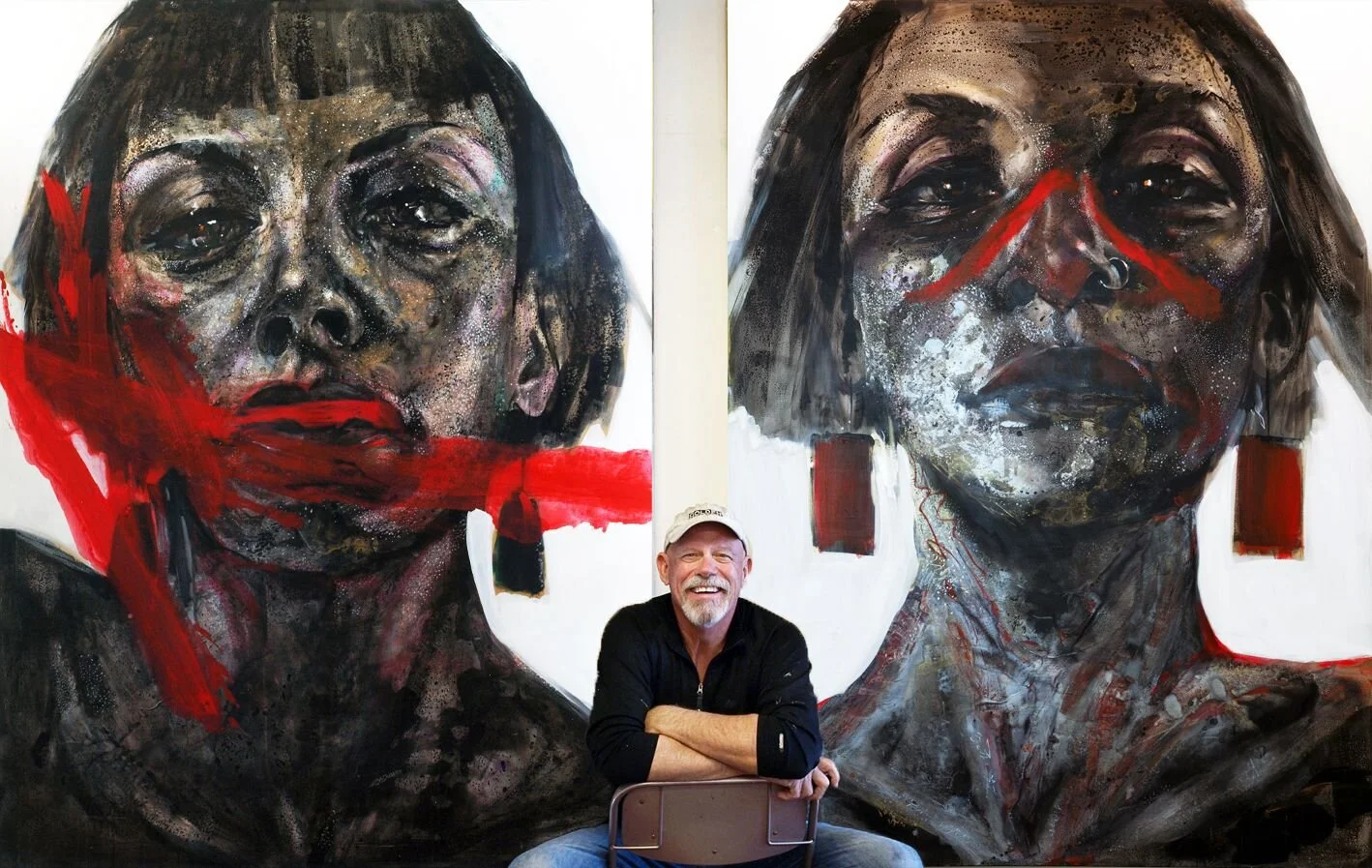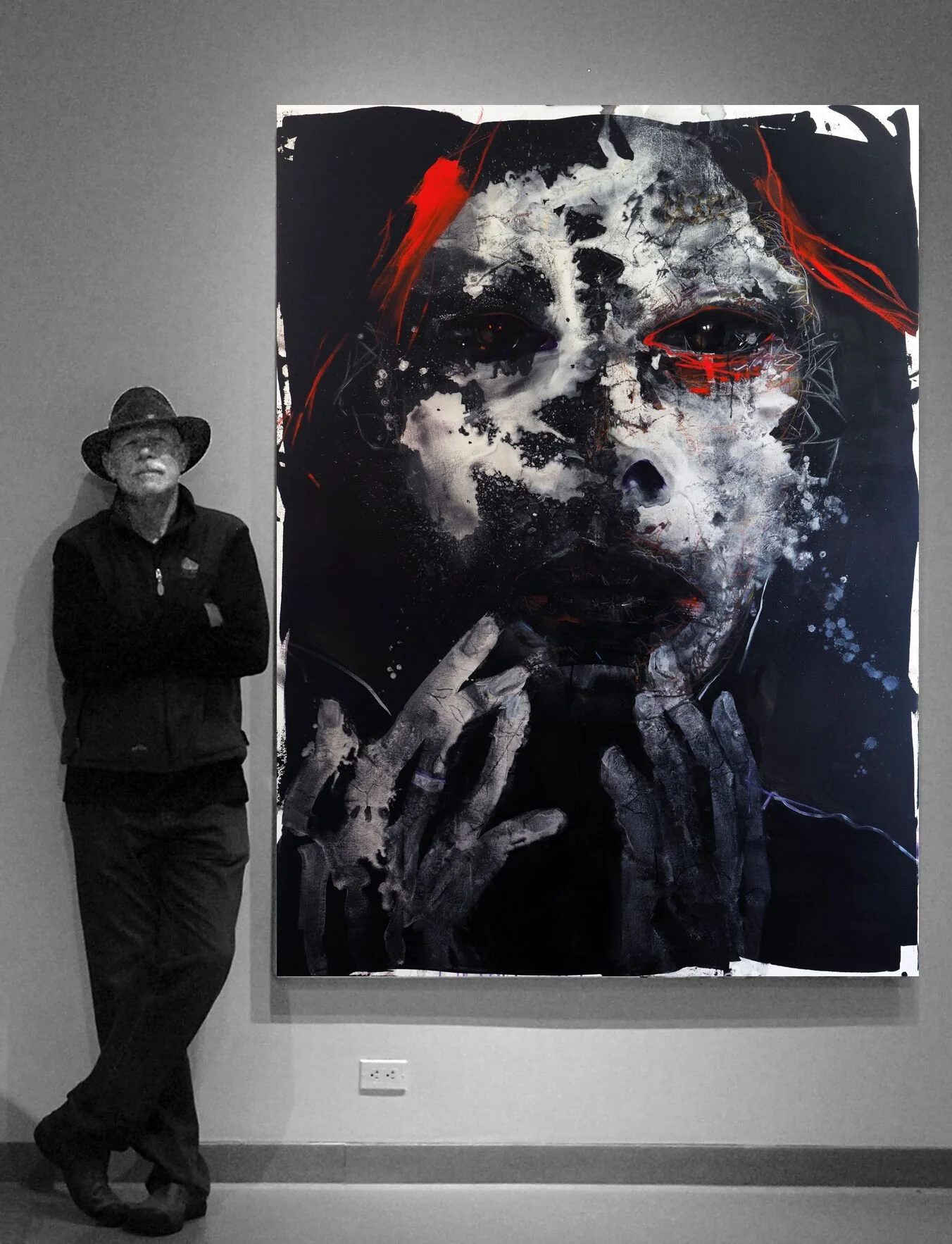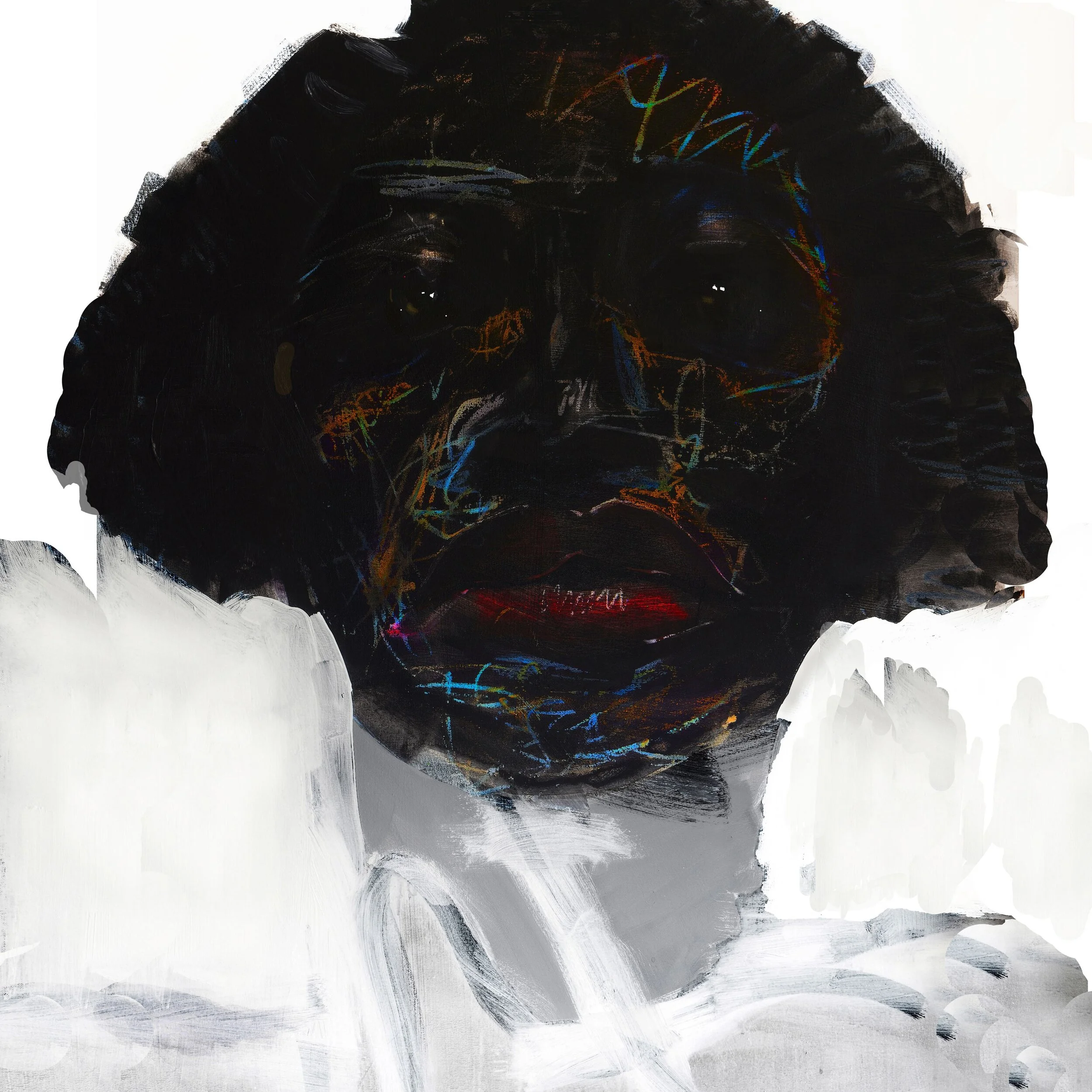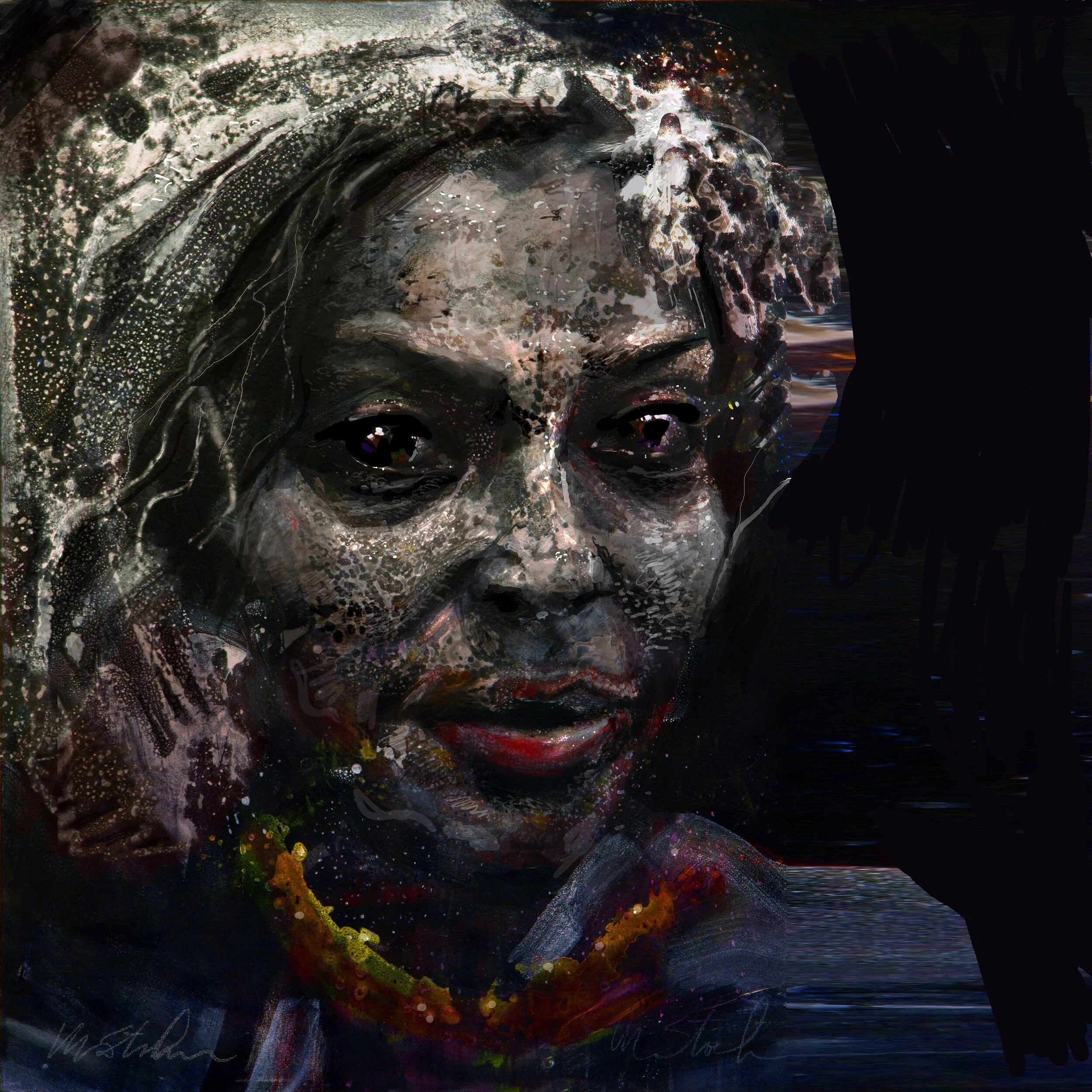A Gleaming Conversation with William Stoehr
Photo courtesy of artist
William Stoehr is an American artist based in Boulder, Colorado. His work has been exhibited internationally at universities, art centers, museums, and galleries such as the Den Gallery, New York Hall of Science Museum, Knoll Gallery, and elsewhere. I had the pleasure of asking William about his favorite moments from working with kids, what makes art important to society, exploring the connection between neuroscience and art and so much more.
UZOMAH: What made you decide to pursue art after a career in engineering?
WILLIAM: In 1964 I was 16 years old and I wanted to be an artist. Willem de Kooning was my art hero but the Vietnam War was raging, I couldn’t afford art school and I probably just didn’t know what I wanted to do. Then in my senior year of high school, one of my favorite teachers asked me if I was going to go to college and he suggested that I look at the college he attended. So I did and became an industrial engineer.
My path back to being an artist took 40 years. I moved around jobs but ultimately became president of one of National Geographic’s business units. Then in 2004, I retired from the best job I ever had to become a full-time artist. At 55 years of age, I knew that I had the time and energy to begin another career. Now here is the important part - I could now afford to be an artist and I could define success in my own way.
“Willie” 60x44 inches acrylic
U: Are there any similarities between being an engineer and an artist?
W: Not sure about engineering in general but from 1986 to 2014 I was involved with map making. The maps were created in layers and they were, at the time, frequently printed with separate layers of color. The concept of color layers is familiar to artists working with serigraphs, block prints, etc. I am not a printer, but this is in fact exactly how I paint - by applying many separate layers of paint, pastel, charcoal, and varnish. I never thought about this until someone pointed it out to me.
“Thea” 60x44 inches acrylic
U: What drew you to take inspiration from issues in addiction?
W: I paint to make a difference - to be part of a larger conversation - to engage, motivate and heal - to be part of the solution. It’s just who I want to be.
I started to broadly explore victims of violence, bigotry, and addiction. Viewers interpreted my work within their own subjective context related to their own experiences - which is what I wanted. But there was a voice in the back of my head that asked, “How can you honestly relate to these issues?” Well, I can relate to addiction. Not as a victim but as a witness.
My sister OD’d and died. She was 57. I tell myself that it was not suicide but rather an accidental overdose washed down with a bottle of vodka. When she had the first, of her failed back surgeries, prescription opiates invaded her life. And when the pain continued the doctors were all too willing to prescribe more. She is gone. What could I do? What is the larger conversation; the wider dialog that I want to be part of? How can I affect and activate viewers? Focusing on addiction and its stigma was the place for me to start.
“Sara” 60x44 inches acrylic
U: How can your art be therapeutic to those with addiction issues and other mental health-related issues?
W: People have strong, passionate reactions to my work. Some cry. They share their heartfelt stories of loved ones, families, and communities….. devastated. They paint a picture of suffering, terror, chaos, uncertainty, and helplessness but they also described resilience, forgiveness, and hope.
Some say they intend to get help or take that first step to finally start that intervention. Some thank me simply for recognizing them. I exist. I am not alone.
U: What are some of your favorite moments from working with kids?
W: Most of my years working with kids was with at-risk teenage boys or boys that had run afoul of the law and may have spent time in a youth correctional facility. I was part of an organization that took these young men on week-long wilderness experiences. This was probably as far from their inner-city life as you could get. After a day or so I could see that they were just kids - kids that got into trouble. I wasn’t there to preach but rather to give them a different experience and perspective and to show them what they could accomplish.
“Destiny and Laine” 80x60 inches acrylic
U: How has art helped you start a conversation with yourself about issues and topics? How does it help you address issues impacting the world?
W: I frequently question my art. Is it effective? Is it doing what I want it to do? Does it make a difference? I ask myself if a week after seeing the photo, do we really care if a small boy drowns and is washed up on the beach?
Looking at one of my paintings, can you feel what she feels? Can empathy beget action because simply being affected is not enough? I have to believe that I can make a difference.
I want to start conversations, to cause people to relate, respond and take action - to be part of the solution.
U: If you had nothing else but paint and brushes, what would be the third most important tool you would use?
W: This would be a toss-up between a Scotch-Brite kitchen scrubby and a roll of Bounty paper towels. I typically mix a metallic color (usually silver or gold) with a very watered-down black fluid acrylic and then I pour it on the canvas. Sometimes I let it run and sometimes I let it form a puddle. I lay paper towels over the paint and soak it up. I do this at varying paint-drying stages to get different effects. I spray it with clear acrylic and then do it all over again. I might have ten layers of metallic paint layers before I am done. I use the sponge side of the scrubby to move paint around, much like a brush, and I use the scrubby side to scrape and sand dried acrylic paint.
“Britain” 80x60 inches acrylic
U: At what point in creating an art piece do you recognize a change is useful?
W: It happens all the time. Sometimes I discover a new technique or tool which I then try on previous work. My paintings tend to be layers of fresh starts. I believe I have a finished face one day but soon I brush, flow or spill paint all over the surface, leaving traces - a template to guide the next iteration. I suspect that my mental image and expectation of the painting keep evolving as I work on it.
U: How has the pandemic affected how you exhibit your art? How have the changes affected how you create?
W: Our son and his wife had their hands full with work, a second-grader, online school, and a newborn so we decided that we would much rather be with our family and help where we can. We closed up our Boulder Colorado home and temporarily moved to the Washington DC area.
Because of this pandemic, I’ve had three solo exhibitions postponed. I lost an audience at the worst possible time.
It didn’t make sense to set up a studio here in DC. So it was time to reinvent myself. I have an iPad and an extensive online following. Time to put it to greater use.
I can’t experiment with paint drips but I can experiment with layers of color. I miss throwing paint and making large sweeping strokes with my large brushes but I also recognize that much of my painting is done with small brushes as I place tiny microdots, lines, and other marks across the surface of each canvas.
I love the scale of my seven-foot canvases but now I can digitally project them billboard-sized. I love the way my paintings hang together on a gallery wall but now I can animate them and create a never-ending, always changing virtual exhibition. I love experimenting and learning new ways to handle paint but now I am learning and experimenting with iMovie, Photoshop, and GarageBand.
But most of all I believe that reinventing myself is a way to take my art to a new level and to more effectively get my message out digitally to those that matter most - victims, witnesses, and survivors.
Today I start with repurposed high-resolution images of my own large-scale paintings and original digital drawings. I photograph my paintings and then continue to work on them on my iPad where I add various marks, masks, enhancements, and graphic overlays to the base image which I then reproduce as an NFT-ready individual image, GIF, or video. They are prepared for HD display on monitors, as projections on gallery walls, or as on-line presentations. They are also presented as high-quality images printed on metallic paper which is fused on large aluminum composite panels.
U: What would you tell a person who has a passion for art but is unsure about pursuing it full time?
W: I think it is difficult to become a full-time artist without another source of income. Something needs to change in how we as a society value artists. Certainly, there are success stories but you can’t count on being an overnight success. I see a glimmer of hope in what is happening with digital art and NFTs. Many of the young artists I know have a day job in teaching, graphic design, or other art-related professions.
“Alexus” 60x44 inches acrylic
U: What makes art important to society?
For this one, I lean on a few of my favorite quotes which reflect exactly how I feel.
“An artist’s duty, as far as I’m concerned, is to reflect the times.”
Nina Simone
Art should make us feel more clearly and more intelligently. It should give us coherent sensations, which otherwise we would not have had. If art can’t tell us about the world we live in then I don’t believe there is much point in having it.”
Robert Hughes
“The point is, art never stopped a war and never got anybody a job. That was never its function. Art cannot change events. ... because people are changed by art – enriched, ennobled, encouraged – they then act in a way that may affect the course of events... by the way they vote, they behave, the way they think.”
Leonard Bernstein
U: What about Picasso is appealing to you? How important is his work to how you create?
W: Picasso has had a great influence on my work. I love the way he thought about art. Ten years ago I went to Madrid and witnessed Picasso’s Guernica - arguably the greatest painting of the last hundred years.
Guernica exploded my brain. I could hear the screams and feel the flames burn my flesh. I was there. I cried. It was a reality beyond paint and canvas. I was driven to understand how Picasso did it.
This was a reality that from that day forward became my goal - to elicit a reality that is more than a simple image and I want to provoke you into creating it in your own mind.
I studied everything I could find about the early Cubists. What were they thinking? What did they talk about? Most of the writing centered on multiple viewpoints, lack of perspective, and the fragmentation of forms. But as I dug deeper, I learned that it was their goal to cause you to experience a painting in a way that is more than simply observing an image - to evoke a greater reality. They discussed how they could experience the 4th dimension - the passage of time with multiple views, memory cues, and the exclusion of techniques that freeze an image in time like perspective and lighting.
Today scientists say the cubists were really on to something. I don’t see a snapshot of you - I discern light, lines, and shapes and I process them along with a wave of non-linear memory images and other cues which I recognize as you.
I think that to our common sense, this changing flow of multiple images suggests the passage of time. Sensing change may be a way that we get a taste of this greater reality. So I try to introduce change into my art - change in expression, mood, color, shape, and more.
Picasso said, “I paint objects as I THINK them, not as I see them.” “And when it is finished, it still goes on changing, according to the state of mind of whoever is looking at it. . . . A picture lives only through the person who is looking at it”.
Picasso is telling me that I lose control of the painting the minute I quit work on it and it is seen, experienced, and interpreted by others and that meaning is subjective and never fixed.
Picasso knew that we see not with our eyes but with our brains and that we are captive to our own experience, perspective, and anxieties. They influence our perception of meaning, reality, and truth.
“Priscila” 60x44 inches acrylic
U: What made you explore the connection between neuroscience and art?
W: It started with an interest that a couple of neuroscientists took in my work. One simply asked me why I was using equal luminance (or value) complementary colors in the eyes of the people I painted and how did I learn to do that? Equal luminance complementary colors create a sense of movement. I said that it was by chance - just an accident with a result that I liked. One thing led to another and soon I was speaking at a symposium on brain science and art. Through my new contacts and research, I continue to explore the science behind my work.
I now pursue the greater reality that Picasso was after with visual effects that other artists have used and some new ones that I stumble upon which, as it turns out, are of interest to science. This connection always leads me to new ideas and a better understanding of how my art affects others.
U: How do you use color to highlight emotion?
W: Most of my work is monochromatic with a splash of color. I like red and I realize that I get a strong reaction when I smear broad strokes of it over a face. I ask myself how red can denote both love and violence. I suspect it is all based on context. One of my neuroscientist friends says that red elicits a primal gut reaction from people. I recognize that it does not take much color to get the effect that I am after. Lately, I have been experimenting with the color blue and I am pleased with the effect.
“Jacqueline” 60x44 inches acrylic
U: How important are perception and drama in your pieces as an artist?
W: Everything starts with perception. How and why do you perceive and react to an image. For me, it all starts with ambiguity. Ambiguity creates a vacuum that you want to fill and you will do a better job than I can, creating and recreating the painting and narrative with your own perfect mental image and projected emotions. Your brain can draw on your lifetime of past experiences, some of which were similar to the present moment, to guess the meaning of what it sees.
I want the perception to lead to empathy and then to some action or change. I am striving for never-ending drama. I want to capture and hold your interest each time you see the painting as you see new elements or as you interpret the painting in a new way.
To find out more about William’s art and get updates please visit his website.
